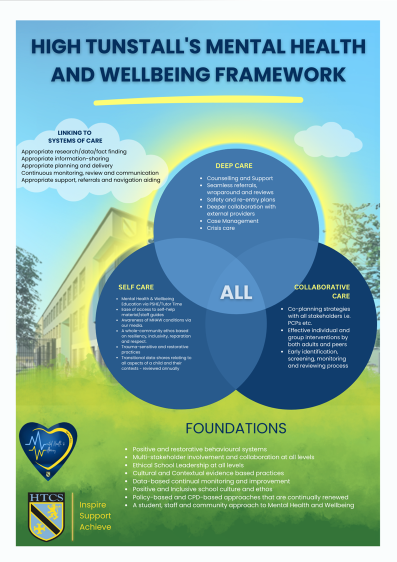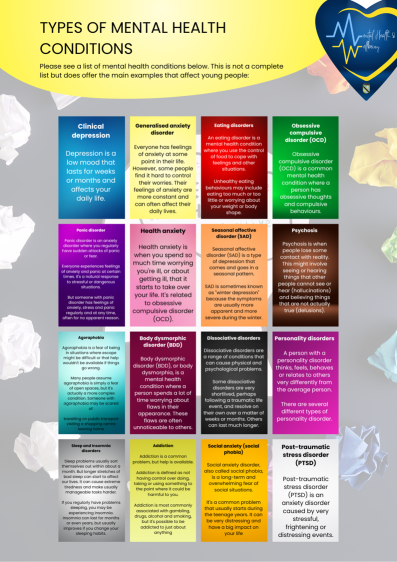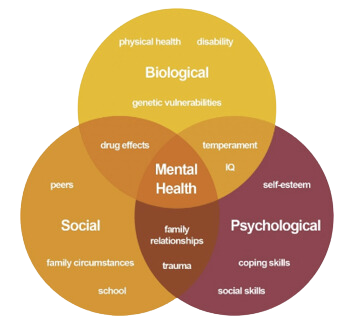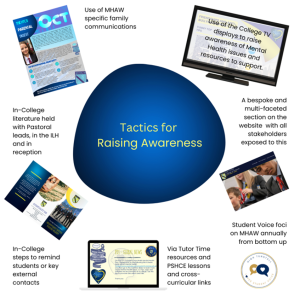School mental health and wellbeing services and supports are an effective means of addressing the mental health needs of children, families and staff and improving the learning environment.
Secondary school Mental Health and Wellbeing Services help educators prevent and respond to crises while fostering a school climate that supports teaching and learning.
Our Vision is that it is vitally important that any policy or strategic development correlates with a College vision and adds to this. Our Mental Health and Wellbeing Plan (or Toolkit) ties in with the vision as Maslow cites in his ‘Hierarchy of Needs’ (1943), without being supported as learners with our Physiological, Safety, Social and Esteem needs (which all relate to Mental Health and Wellbeing, we will struggle to achieve our potential. Therefore, this strategic plan is essential for us as a college community to allow all to achieve.










